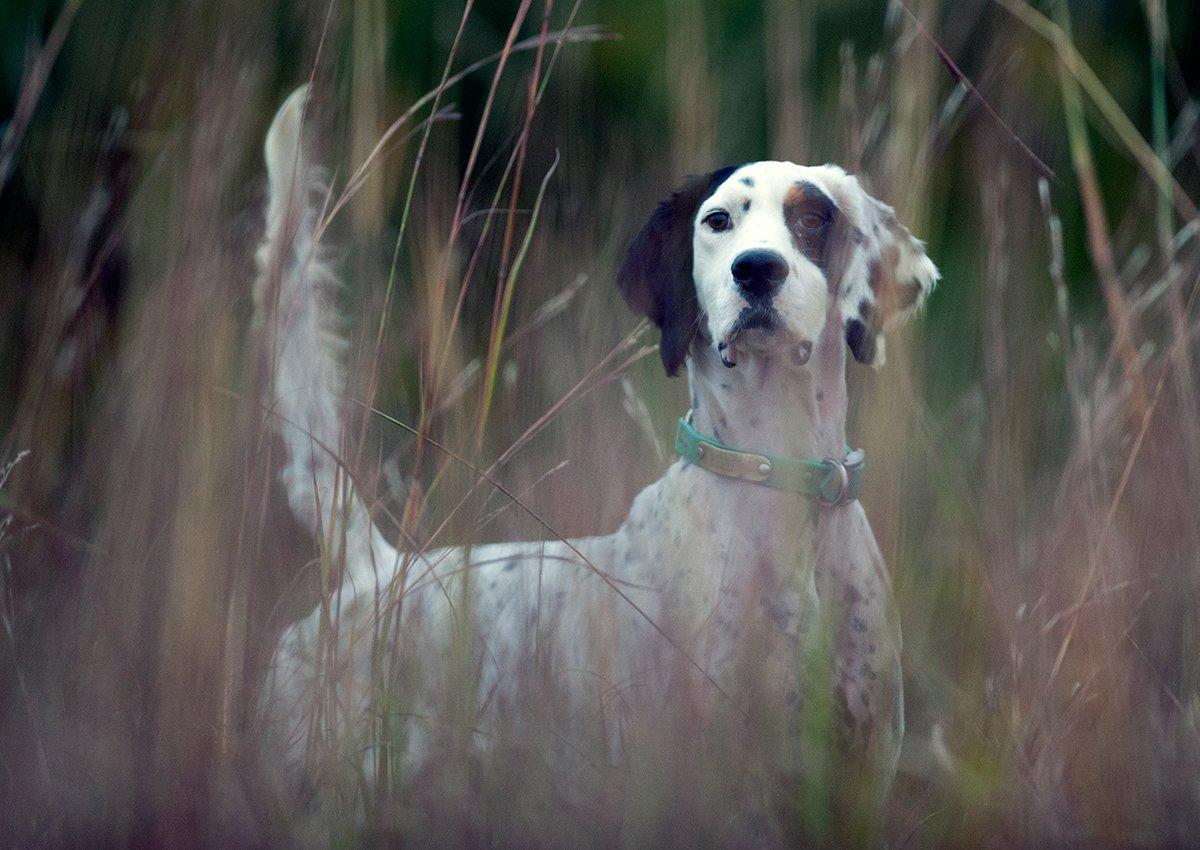Do You Know How to Keep Your Dog Safe from Snakes?
A dog encounters all sorts of hazards in the field when you open the crate, drop the tailgate and start hunting. Venomous snakes are but one.
Some states around the country present a more perilous scenario for such interactions, while others provide less.
Ways to prevent and treat snake bites, shared courtesy of Purina Pro Plan, follow:
1. Know Before You Go
Familiarize yourself with the types of snakes native to the area in which you live or are traveling to for a hunt or field trial. Learn which species of venomous snakes are present, the habitats they prefer, and their personalities.
2. Snakeproof Your Dog
Although you can't completely eliminate the risk of a snakebite, you can prepare your dog to react to an offensive strike by enrolling him or her in a snake-avoidance clinic. This training conditions a dog to give any snake he or she encounters via sight, smell or sound the widest possible berth so the dog will learn to avoid snakes through repetition and reinforcement.
3. Recognize the Signs
Because not all snake encounters can be avoided, it's crucial to know the signs of a snakebite, marked by bleeding, bruising and swelling around the bite, as well as color changes from red and blue to black as tissues die around the wound. Pale gums, cool skin, tremors, weakness, lethargy, confusion, lack of coordination, vomiting, and slow respiration also are indicators your dog may have been bitten by a snake.
Water: The Essential Training Nutrient
4. Keep Your Snakebite Kit Handy
The only snakebite kit needed in the field are your car keys. If you suspect your dog has suffered a snakebite, seek immediate emergency veterinary care (see link below).
Do not apply ice or heat to your dog's wound, attempt to cut into the wound and suck out the venom, or apply a bandage.
Instead, restrain and calm your dog to help slow the spread of venom.
Seek Care; Here's How: Emergency Veterinary Care for a Snakebite
Go here for more Realtree small game hunting. Follow us on Facebook.
Bonus Read: 5 Tips to Keep Your Hunting Dog Happy
Editor's note: This Realtree.com post was first published July 11, 2017.









